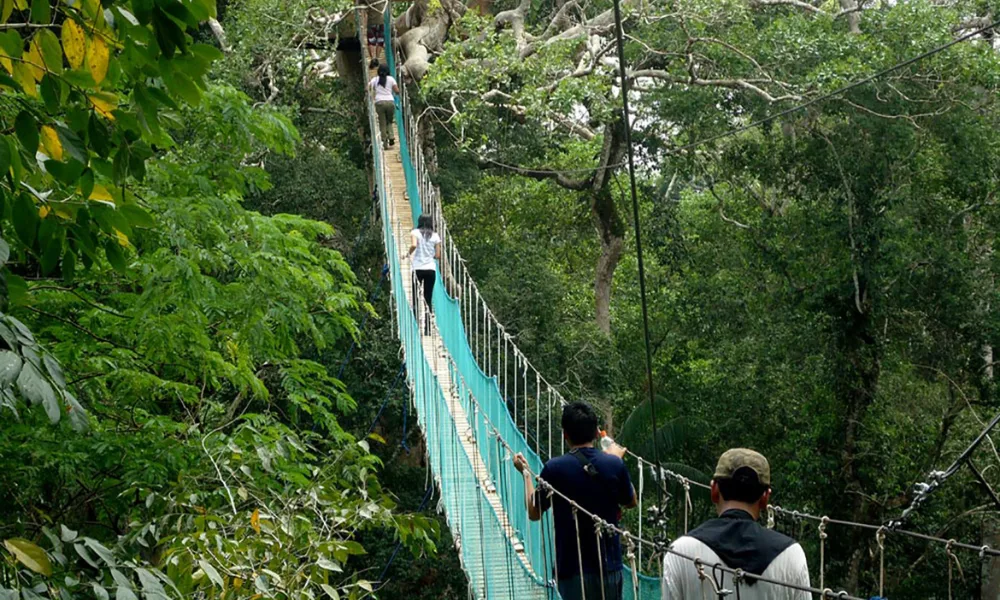The Tambopata National Reserve is a protected area in Madre de Dios, Peru, that preserves over 274,000 hectares of pristine Amazon rainforest. Jaguars, monkeys, otters, and hundreds of exotic birds live here. The climate is warm and humid: during the day it’s usually around 30°C (86°F), and at night it drops to about 18–22°C (64–72°F). The rainy season runs from November to April, with peaks in December–February, while the dry season lasts from April to October, the latter is ideal for exploring trails and wildlife watching, especially macaws, which are more active between September and January. If you’re planning a visit, it’s essential to prepare your Tambopata packing list in advance, as the environment demands proper clothing and gear suited for the rainforest.
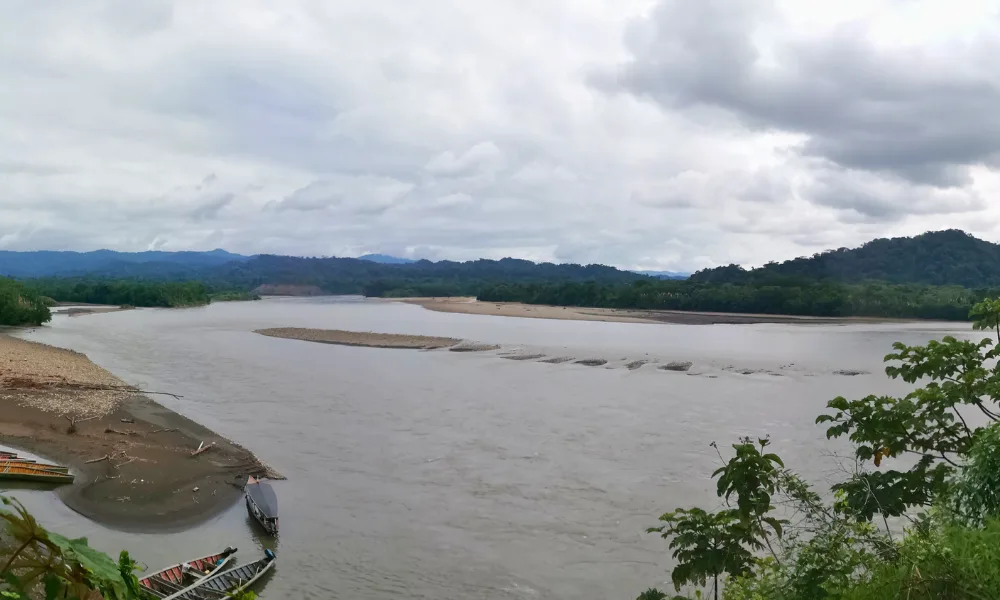
Packing List for Tambopata: What to Bring to the Amazon
Preparing a solid Tambopata packing list is key to fully enjoying your Amazon adventure. Pack appropriate clothing, personal protection, useful accessories, and personal items. Here’s what you’ll need:
1. Recommended Clothing and Footwear
- Lightweight long-sleeve shirts: Ideal for protecting you from the sun and insects without overheating; best if made of cotton or breathable materials.
- Quick-dry long pants: Comfortable for walking through dense vegetation, and protect against scratches, bites, and moisture.
- Light-colored clothing: Like beige or olive green — these attract fewer insects than dark colors.
- Light sweatshirt or jacket: Useful for cool mornings or changing temperatures at higher elevations.
- Waterproof hiking boots: Essential for muddy or puddled trails; offer good grip and stability.
- Comfortable sandals: Great for relaxing your feet after long hikes; also handy for showers.
- Extra insect-repellent socks: Help prevent insect bites through footwear.
- Rubber boots: Many lodges provide them for excursions in flooded areas or river crossings.
2. Insect and Sun Protection
- Repellent with DEET (30–50%): A must-have to prevent mosquito bites, especially at dawn and dusk.
- Bite relief cream: Reduces swelling, itching, and infection risk if you scratch.
- SPF 50+ sunscreen: The sun can be intense even under the canopy — protect your exposed skin.
- UV lip balm: Lips can burn too — this detail is often forgotten.
- Wide-brim hat: Protects your face, neck, and ears from direct sunlight.
- Polarized sunglasses: Protect your eyes, reduce water glare, and help spot wildlife better.
3. Excursion Accessories
In this part of your Tambopata packing list, we suggest bringing some very helpful accessories for moving comfortably through the jungle. These items will help you protect your gear from rain and humidity and make your hikes much safer and more practical.
- Waterproof backpack (30–40L): Comfortable and practical for carrying essentials on hikes without worrying about rain.
- Dry bags: Keep clean clothes, electronics, or documents safe from water and humidity.
- Headlamp with extra batteries: Essential in areas without electricity or for night hikes.
- Reusable water bottle: Stay hydrated at all times — the heat and humidity demand plenty of water.
- Binoculars: Useful for bird and wildlife watching without disturbing them, especially on guided tours.
- Water-resistant camera: Capture unique moments without worrying about weather conditions.
- Multipurpose knife: Versatile for small repairs, cutting rope, or opening food.
- Emergency whistle: Small but handy in case you get disoriented in the forest.
- Strong rope: Useful for securing items, hanging clothes, or improvised repairs.
4. First Aid Kit and Medication
- Basic first aid kit: Include gauze, bandages, adhesive strips, and antiseptics for cuts or blisters.
- Pain relievers and fever reducers: Like acetaminophen or ibuprofen for fever or muscle aches.
- Anti-diarrheal and antihistamines: Useful for stomach issues or allergic reactions.
- Bite creams: Reduce inflammation and prevent infection from bites.
- Personal medications: Bring prescriptions and exact doses — there are no pharmacies in the jungle.
- Yellow fever vaccine: Recommended and sometimes required in tropical rainforest zones.
- Travel insurance: Should include air evacuation and medical coverage in remote areas.
5. Technology and Photography
If you’re a photography enthusiast or simply want to document your adventure, don’t forget to include these devices in your Tambopata packing list. The jungle offers unique scenes and incredible wildlife, so having the right equipment ensures you won’t miss any special moments.
- Camera or smartphone: With good quality to capture wildlife, landscapes, and once-in-a-lifetime experiences.
- Portable battery (power bank): Essential if you’ll be without electricity for several days.
- Extra memory cards: Ensure you have enough space for photos and videos.
- Headlamp or extra flashlight: Lets you move hands-free in dark areas.
- Binoculars: A must for spotting birds or mammals at a distance.
- Small drone: If you bring one, use it respectfully and according to local regulations.
6. Hygiene and Sustainability
- Biodegradable products: Shampoo, soap, toothpaste, and deodorant that are eco-friendly.
- Toothbrush and toilet paper: Not always available in lodges or camps.
- Quick-dry towel: Lightweight, easy to pack, and very handy in the rainforest’s humidity.
- Wet wipes: Convenient for quick hygiene when water is not available.
- Bags for dirty clothes or trash: Keep your items organized and avoid polluting the environment.
- Reusable bottles: Reduce plastic waste and keep hydrated.
- Commitment to the environment: Follow best practices like “leave no trace” to help preserve the ecosystem.
What’s the Best Time to Visit Tambopata National Reserve?
The dry season (April to October) is best for hiking trails and wildlife spotting, with fewer rain showers. Rivers are also more navigable during this time. The rainy season (November to March) brings fewer tourists, milder temperatures, and lush vegetation — but more rain. The best months to see macaws in their natural habitat are between September and January.
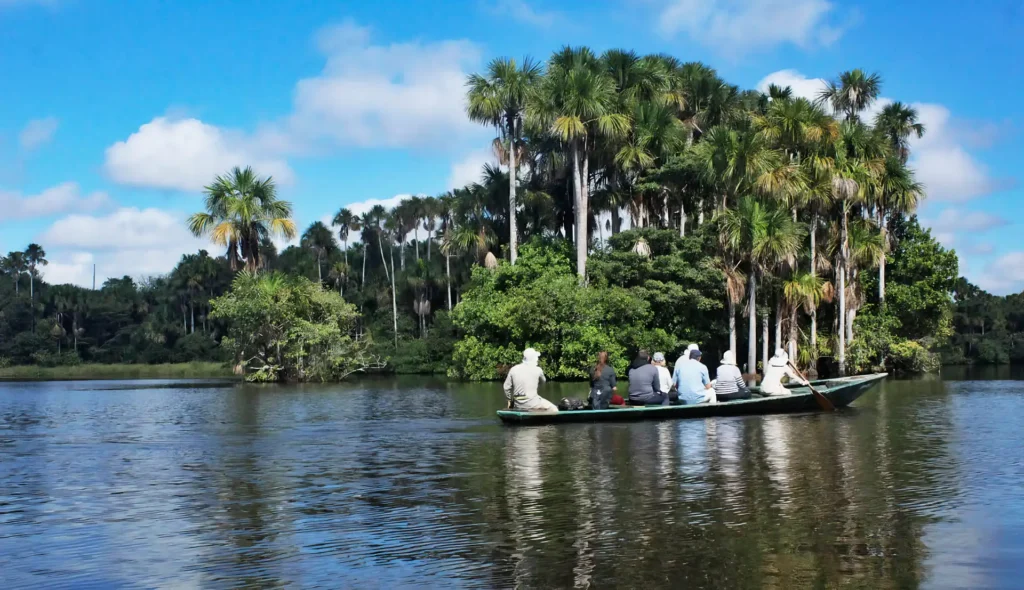
Final Tips for Your Wildlife Tour in Tambopata
- Hire a reliable agency like Travel Peru Agency, which offers specialized guides, sustainable routes, and an excellent reputation.
- Purchase travel insurance that covers medical evacuation, trip cancellations, and accidents.
- Pack light. Most lodges allow a maximum of 15 kg of luggage per person. You can leave the rest in Puerto Maldonado.
- Respect the jungle: don’t litter, don’t feed the animals, and avoid touching plants or wildlife.
- Bring small-denomination cash. There aren’t many ATMs in the area.
- Protect your electronics from humidity with waterproof bags, and always carry a portable charger.
With this packing list for Tambopata, your trip will be comfortable, safe, and eco-friendly. Each item is chosen to help you adapt to the climate, protect you from insects, keep you dry, and help you capture every moment of this unique experience in nature.
Frequently Asked Questions About the Packing List for Tambopata
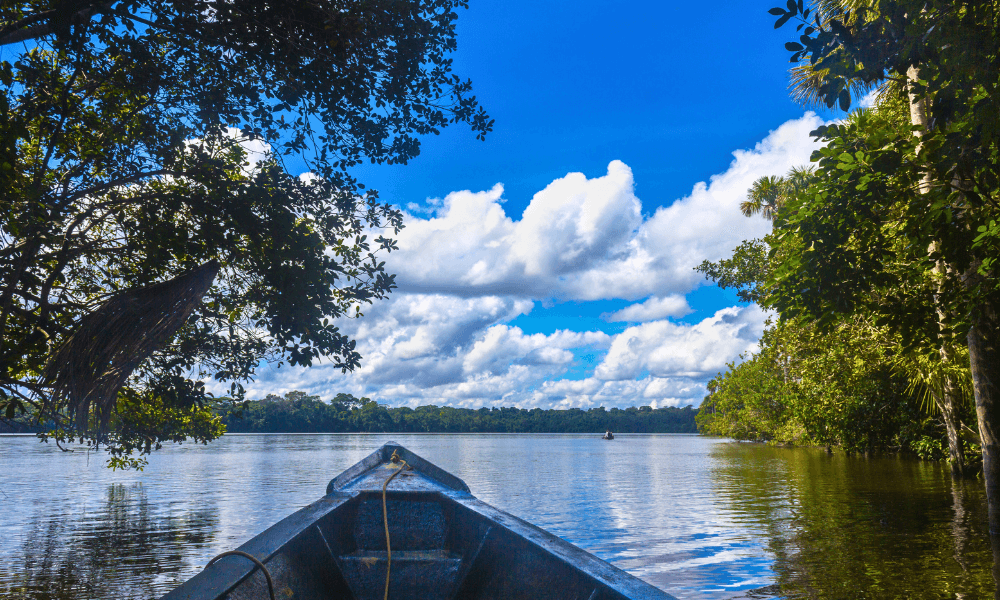
1. What kind of footwear is best to bring to Tambopata National Reserve?
Waterproof trekking boots and comfortable sandals for relaxing are ideal. Many lodges also lend rubber boots for hiking through muddy areas. These boots are especially useful during the rainy season, when trails can be slippery or flooded.
2. How much luggage can I take with me to the Tambopata Reserve?
Generally, a maximum of 15 kg per person is allowed on river tours. Take only the essentials according to the packing list for Tambopata, and leave the rest at your hotel in Puerto Maldonado. This eases boat transport and provides greater comfort during your journey.
3. Do I need vaccines or special medication before traveling to Tambopata?
It is recommended to get the yellow fever vaccine at least 10 days before the trip. Also, bring your personal medications and consult your doctor to make sure you are fully prepared, especially if you have pre-existing conditions or need malaria prophylaxis.
4. Should I bring cash when visiting Tambopata National Reserve?
Yes, absolutely. There are no ATMs in the area. Bring soles or U.S. dollars in small bills for basic purchases, tips, or emergencies. Even the most organized lodges usually do not accept cards, so cash is your best backup throughout your stay.
5. How can I protect my electronic gear from Tambopata’s humidity?
Use a waterproof backpack and dry bags or ziplock bags to store cameras, phones, and important documents. The jungle is extremely humid, so moisture protection is essential to prevent damage. It’s also recommended to carry silica gel to absorb internal moisture.
6. What if I have allergies or special requirements during the tour in Tambopata?
Notify your guide or lodge in advance about any food or medical allergies or special needs. Also, always carry your specific medications and basic treatments for common allergies like insect bites. Being prepared can make a big difference in your experience.
7. Do I need to bring towels and hygiene items to Tambopata?
Yes. Although some lodges provide towels, it’s a good idea to bring a quick-drying, lightweight towel that’s easy to pack. Also, use biodegradable hygiene products to protect the fragile Amazon ecosystem. Respecting nature is part of the experience.
8. Do I need a flashlight or can I use my phone during tours in Tambopata?
A headlamp is essential, especially for night walks and moving around in the dark. Although your phone might help, a flashlight is safer, more practical, and has longer battery life. It also allows you to keep your hands free for walking or holding equipment.
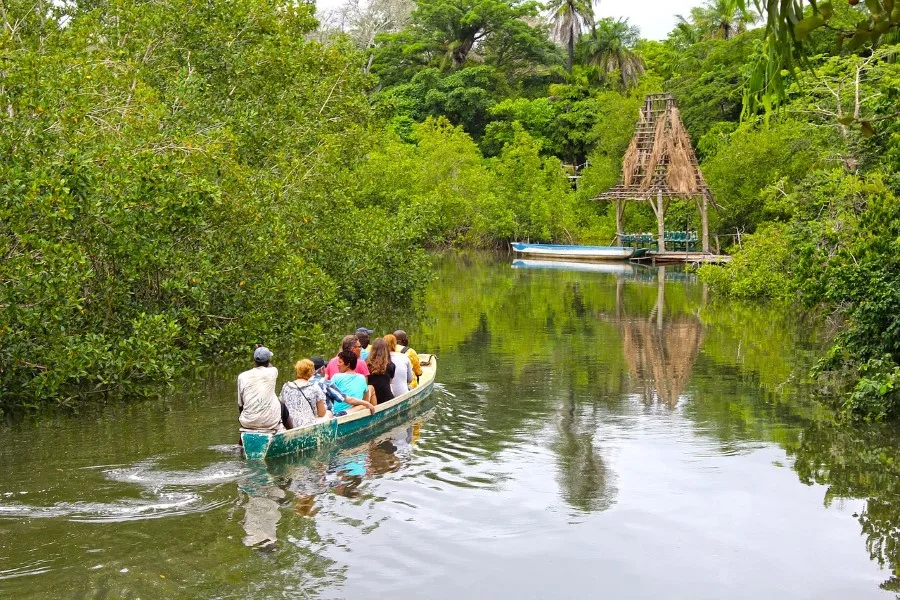
Planning your Amazon adventure begins with a well-thought-out packing list for Tambopata. This natural paradise in Peru requires appropriate clothing, insect protection, waterproof gear, and respect for the environment. With these tips, you’ll enjoy the jungle’s biodiversity in comfort and safety, accompanied by jaguars, exotic birds, and macaws. Contact us and book your unforgettable journey to the Peruvian rainforest.
